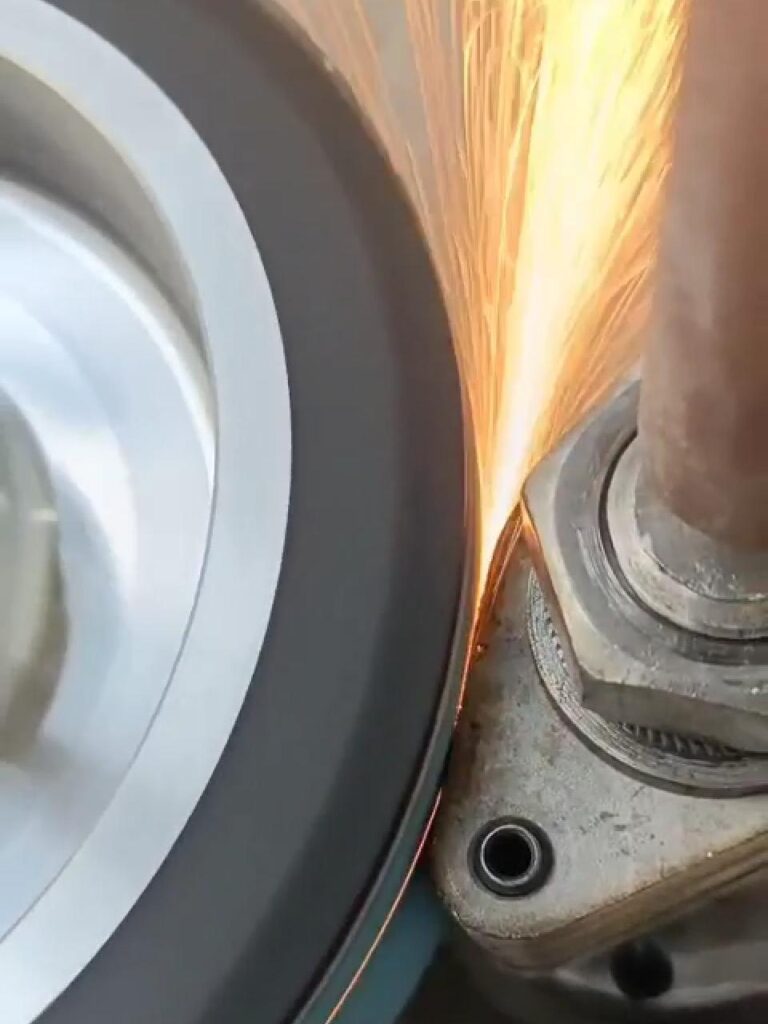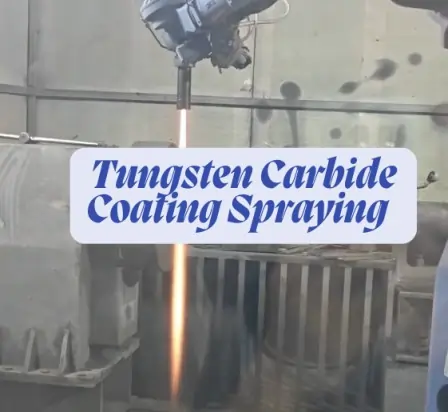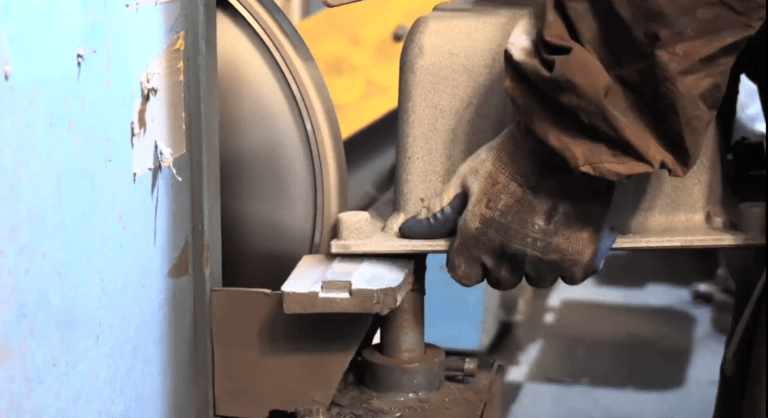Grinding in casting refers to the process of removing excess material, imperfections, and unwanted features from a cast metal workpiece. Casting is a manufacturing process where molten metal is poured into a mold and allowed to solidify, forming the desired shape. After casting, the workpiece may have irregularities, excess material, or surface imperfections that need to be addressed. Grinding plays a crucial role in enhancing the final quality of castings by achieving specific dimensions, surface finish, and overall integrity. Here are some key aspects of grinding in casting:
Casting Preparation:
Grinding is used to prepare castings for further processing or finishing. It involves the removal of excess material, such as gates, risers, and parting lines, left from the casting process.
Removal of Imperfections:
Castings may have imperfections like burrs, rough surfaces, or irregular shapes. Grinding is employed to eliminate these imperfections, ensuring a smooth and uniform surface.
Dimensional Accuracy:
Grinding is essential for achieving precise dimensions and tolerances in castings. It helps bring the workpiece to the required specifications, ensuring it meets design criteria.
Surface Finish Enhancement:
The surface finish of castings may not meet the desired standards directly from the casting process. Grinding is used to improve the surface finish, providing a polished or specific texture as needed.
Deburring:
Castings often have sharp edges, known as burrs, that need to be removed for safety and functional reasons. Grinding is effective in deburring, creating smoother edges and preventing injuries during handling.




